Kingston SSDNow V+100 128GB SSD Review
Kingston V+100 – The Internals
Breaking open the Kingston V+100 is a simple matter of removing the hex screws holding the case together.
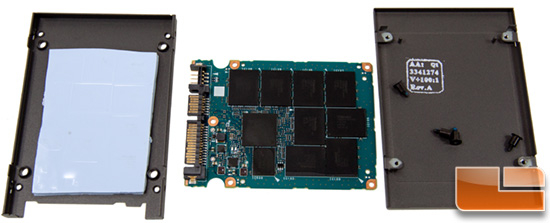
On the inside of the cover, between it and the PCB, is a layer of non-conductive, thermal and shock absorbing material to help protect the sensitive internal components and dissipate excess heat. I’m not convinced it’s all that necessary but better safe than sorry, eh?
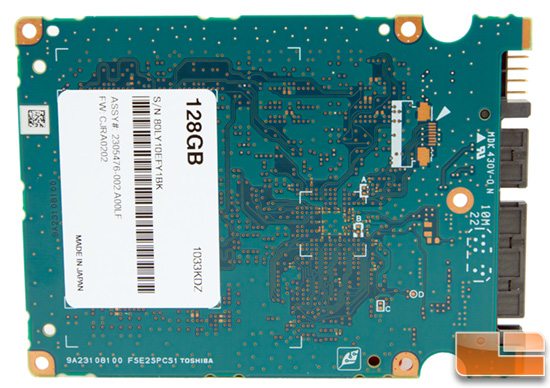
The back-side of the PCB is simply raw circuit board with no features of note other than the quality control reference sticker.
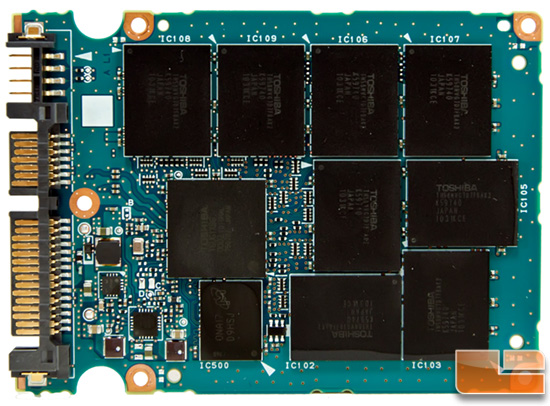
All of the business happens on this side of the board with every bit of NAND along with the controller and cache featured here.
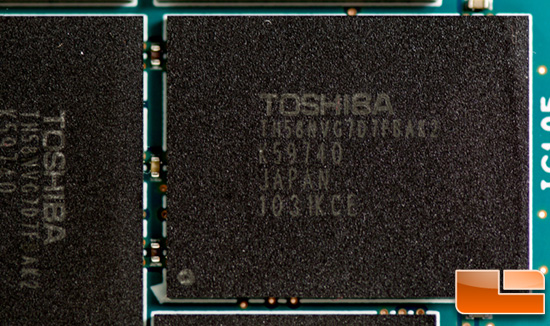
The eight NAND modules are Toshiba branded TH58NVG7D7EBAK2 MLC flash which was the same as found on the earlier Kingston V+ model. Your geek trivia fact of the day is that Toshiba is the original inventor of NAND flash and, according to their website, the “world’s most experienced NAND flash producer”.
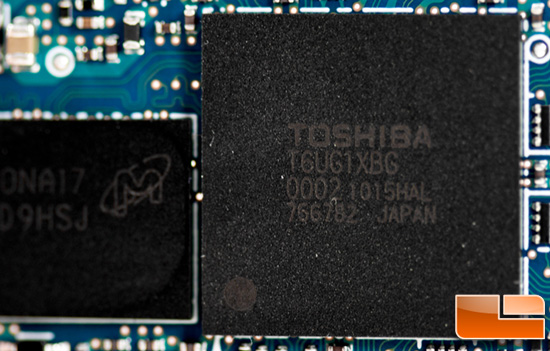
Like the NAND, the controller is also from Toshiba and again, what we saw on the V+ model and the V Series 30GB boot drive. What’s not obvious from this vantage point is that the firmware for this model T6UG1XBG controller has been updated. As a result, Kingston claims that “drive performance has also been increased by 25 percent” over the previous model which we’ll attempt to prove out in the benchmarks. It supports TRIM and features “always on” garbage collection for ongoing drive maintenance.
Editors Note: In case you were wondering, Kingston has since told us that the controller has undergone a die shrink down to 32nm so the firmware used on this drive will not work on the older V+ drives.
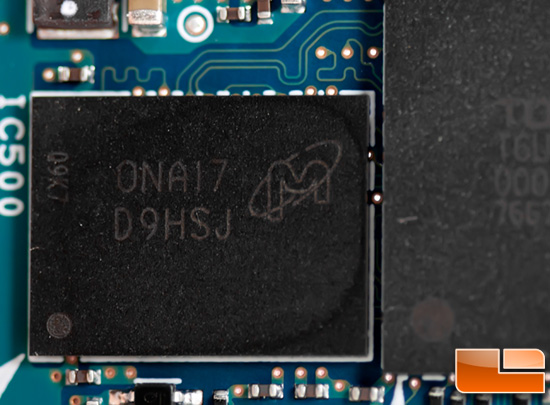
Unlike the SandForce based drives we have seen a lot of lately, the Toshiba controller relies on a 128MB Micron DDR DRAM cache to help buffer data. Interestingly enough, this combination of components is what is being used in the new Macbook Air laptops as evidenced by ifixit.com. That’s noteworthy because OS X does not support TRIM and relies instead on garbage collection to keep the drive running optimally.

Comments are closed.